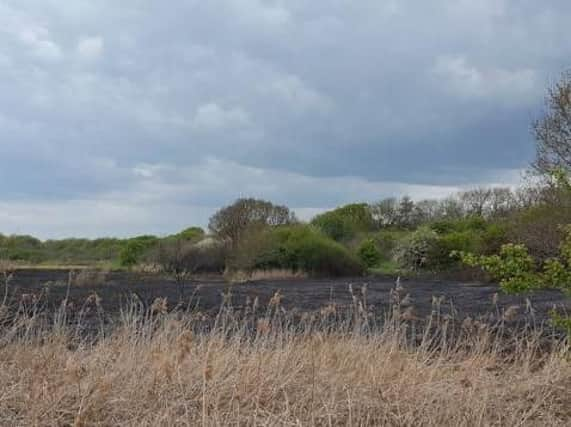Police appeal after unexplained fires in Hastings reed beds


Officers say they believe the two blazes, which broke out at the end of April and at the beginning of May, are believed to have killed wildlife and incinerated birds’ nests in the area.
While police say the cause of the fire is unexplained, and there is no current evidence that it was deliberately started, , anyone who saw anything suspicious or may have any information is asked to contact the force online or phone by at 101, quoting serial 856 of 20/04.
Advertisement
Hide AdAdvertisement
Hide AdPCSO Daryl Holter said:"The area is an important breeding ground for birds. They have lost their nesting areas. Wild birds and wildlife are protected under the Wildlife and Countryside Act, it is an offence to intentionally take, injure or kill or to take, damage or destroy a nest, eggs or young."
The reed beds are owned by Hastings Borough Council and managed by the Sussex Wildlife Trust. A Hastings Borough Council spokesperson said: "The reed beds are one of the most important wildlife areas in the Borough and home to a unique diversity of birds, insects and plants. It is the only habitat of its kind in Hastings. The fire has seriously damaged the habitat and been particularly devastating to wildlife, especially nesting birds."
Local community group The Friends of Combe Valley also spoke of its shock. A spokesman for the group said: "The community values Combe Valley as a place of peace and recreation which is still recovering after the building of the new link road. We hope that parents and teachers will react in a positive way by closely monitoring activity and continuing to teach children the essential value of the natural environment."
A Combe Valley Countryside Park spokesperson said: The park is a valuable amenity for the people of this part of East Sussex and part of the attraction is the variety of habitats and wildlife it contains. The reed beds, the largest in Sussex, are a very important habitat for a number of unusual species of wildlife."